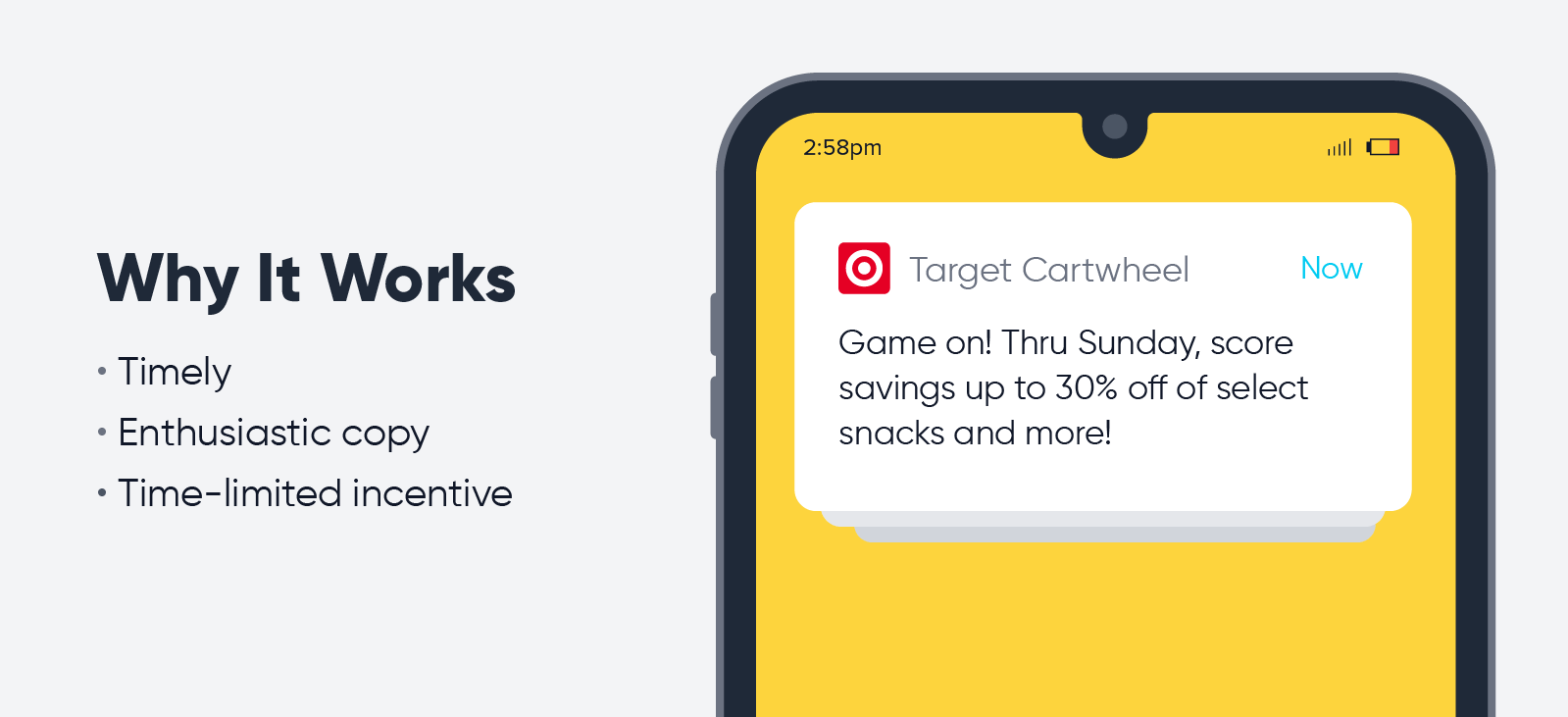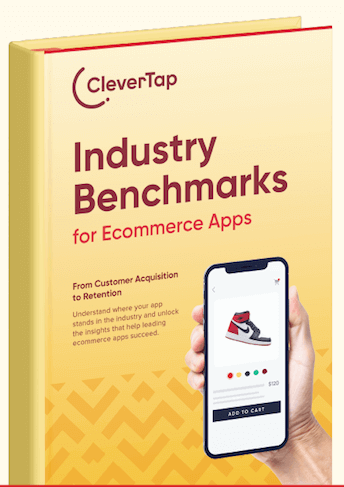Online shoppers have come to expect the convenience of customized product suggestions, advertisements, and offers. At this point, it’s pretty much an industry standard. As a result, ecommerce personalization is now a keystone strategy for most digital consumer brands.
It’s not hard to understand why a targeted, personalized approach ensures the most effective allocation of your marketing budget—particularly in the realm of online shopping. A tailor-made user experience offers customers more of the products and services they want. Moreover, by connecting with them on a personal level, you’ll foster a stronger relationship with your customer base, which is foundational to consumer loyalty.
Offer Tailored Gifts and Rewards
It’s a good practice to reward customers for establishing or maintaining a relationship with your brand. Over time, this is what generates a sense of excitement and ongoing interest in your products. And the most effective type of reward is a customized reward.
By offering deals, loyalty points, and free gifts that are personalized, you’re incentivizing your audience to engage with your brand. Thereafter, you can leverage the information you gather from these interactions to create consistent and targeted rewards. For instance, you could offer specific deals that celebrate personal milestones, such as birthday gifts.
Customize Your Checkout Process With Ecommerce Personalization
Once a customer has gone through the checkout process, you’ve successfully converted them. However, if the final stage of your sales funnel is “clunky” or difficult to navigate, you might lose them just before the finish line.
Simplifying the checkout process through customization is a great way to eliminate friction. You can do this by saving customers’ payment and shipping details—allowing them the ease of a one-click checkout when they return to your site.
Furthermore, you need to optimize for mobile apps by making your “add to cart” button more prominent and allowing for guest checkouts. These measures streamline the process for repeat customers while allowing new buyers to check out according to their individual preferences.

Sephora is one example where they have both loyalty points on your birthday and guest checkout.
Personalize Your Omnichannel Customer Support
Omnichannel customer support describes a customer journey that’s assisted through multiple different communication methods. This means that a history of chats, notes, and other information can be accessed by support agents—regardless of which channel the customer is using to seek assistance.
If a customer specifies which channel of communication they prefer, use that medium to strengthen your e-commerce personalization measures. Social media, SMS, and email are all common channels you can integrate into your omnichannel experience. In addition, incorporating live chat features that allow customers to access immediate support can also help to reduce abandoned cart rates.
Be Strategic With Your Notifications
The last thing you want your marketing strategy to be is annoying. Sending too many messages—or consistently missing the mark with your product offerings—may end up feeling like spam to your customers. That said, you also don’t want to be forgotten. The trick is to make full use of communication channels to create customer loyalty, which makes personalizing your notification content critical.
Start by tracking the types of notifications that individual customers previously engaged with to see what resonates with them. Then, simply customize your messaging and content to match these preferences. For example, if your customer clicked on a sales event notification, then optimize their content to include more sales alerts.

Push notifications have to be strategic and never annoying.
Be Flexible With Payment Options
Ecommerce personalization is all about catering to individual tastes. One area where customers may have strong—often quite inflexible—shopping preferences is in payments. For this reason, you’ll want to offer a wide range of payment options to provide a convenient experience for your shoppers. This might include PayPal, debit cards, e-wallets, cryptocurrency, gift cards, or prepaid card checkout options. Then, a customer who’s ready to finalize their purchase won’t need to jump through additional hoops.
Remember that the convenience you provide goes a long way toward ensuring loyalty. If a customer knows that you carry a product that they want and that you allow them to check out how they want, they’re more likely to choose your ecommerce website over a competitor’s.
Leveraging Ecommerce Personalization to Increase Customer Retention
How can digital consumer brands increase customer retention rate and lifetime value? Personalized messaging, unified channels, and a customized user experience are non-negotiables for reaching new customers and building lasting relationships. And the more personalized your interface, the more streamlined the process will be.
Tracking key performance metrics is important for optimizing your mobile ecommerce business, but first, you need to know which metrics matter most. So, if you’re interested in finding out how you measure up, download CleverTap’s Ecommerce App Engagement Benchmark Report.

Industry Benchmarks for Ecommerce Apps
Shivkumar M 
Head Product Launches, Adoption, & Evangelism.Expert in cross channel marketing strategies & platforms.
Free Customer Engagement Guides
Join our newsletter for actionable tips and proven strategies to grow your business and engage your customers.







